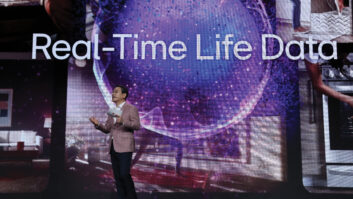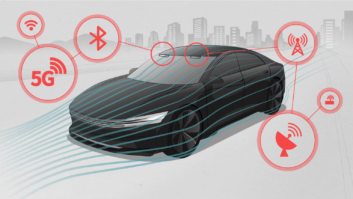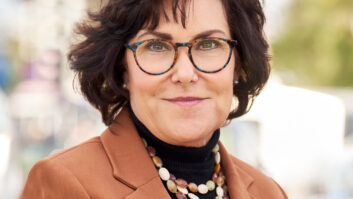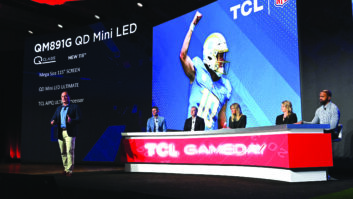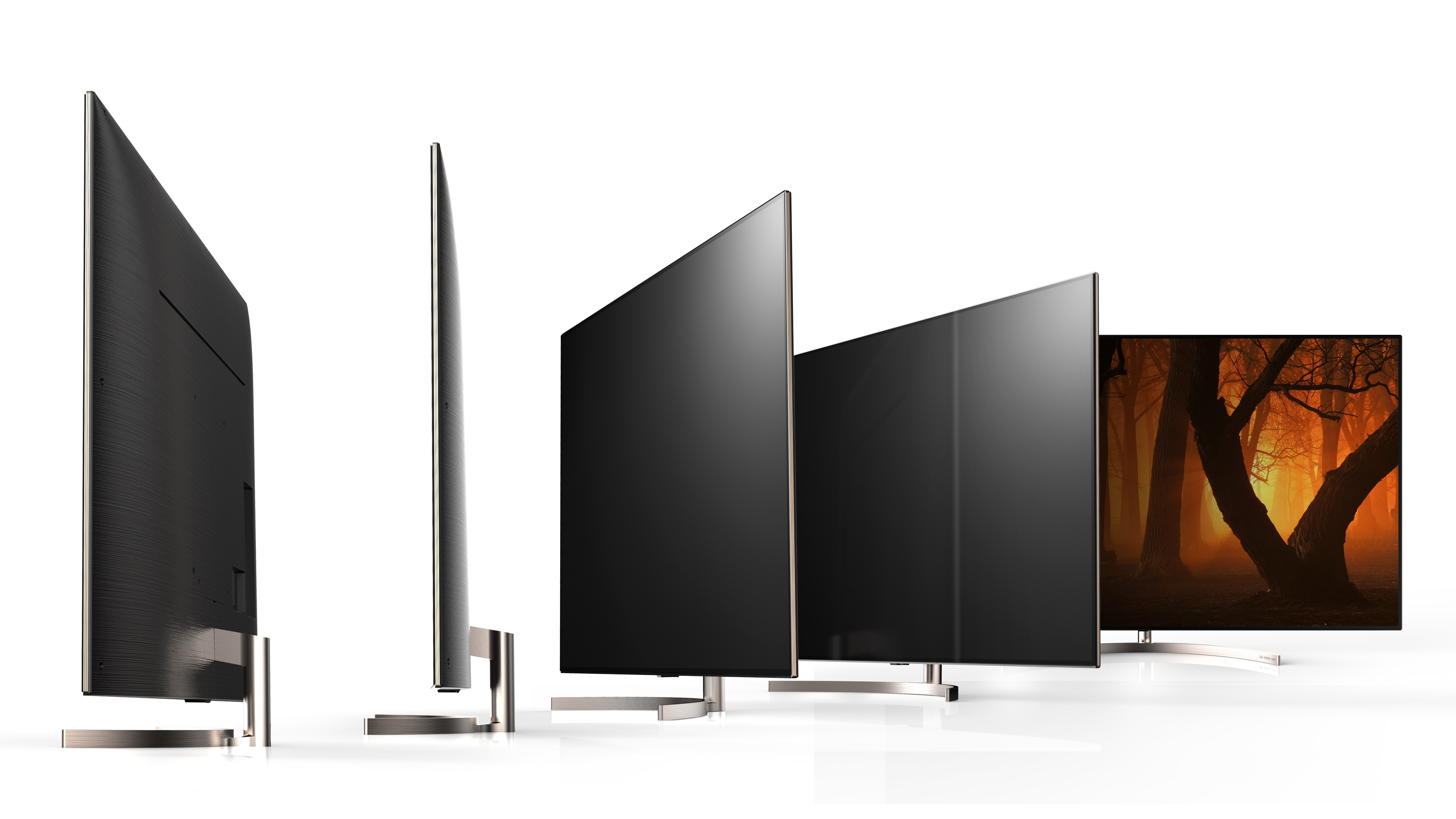
LG is forging stronger ties with Google, Dolby and DTS in its 2018 audio and video lineup, bringing high-end supplier Meridian Audio into its circle of technology partners, and adding HFR (high frame rate) capability to TVs.
With its Google partnership, LG for the first time is embedding Google Assistant into a broad array of products, which consist of LG’s first smart speaker, four soundbars, all 4K OLED TVs, and all 4K LCD-based Super UHD and UHD TVs.
Get this kind of CE coverage all year long — subscribe to the free TWICE eNewsletter.
With Meridian, LG is replacing Harman/Kardon as an audio partner following last year’s purchase of H/K parent Harman by LG rival Samsung. Meridian lent its high-end audio expertise to the design of the WK7 smart speaker, one soundbar, and new Bluetooth speakers.
In strengthening ties with Dolby and DTS, LG is expanding Dolby Atmos surround decoding to more TVs, expanding its selection of Atmos-equipped soundbars, and adopting DTS Virtual:X surround decoding for the first time in select soundbars.
In HFR, LG is adding native HFR capability to all of its OLED and Super UHD TVs, which will play video content incorporating frame rates up to 120Hz in expectation that such content will be available from Hollywood and other content producers “in the near future,” said Tim Alessi, senior director of product marketing. HFR content can be played via USB, but the company at press time hadn’t yet tested HFR playback via embedded streaming services or HDMI input.
In HDR, more LG TVs will ship out of the box with more HDR flavors, but not with the active-metadata HDR10+ technology offered to the industry by rival Samsung on a license-free basis and launched in December by Amazon in about 100 TV shows and movies.
Here’s a closer look at LG’s plans:
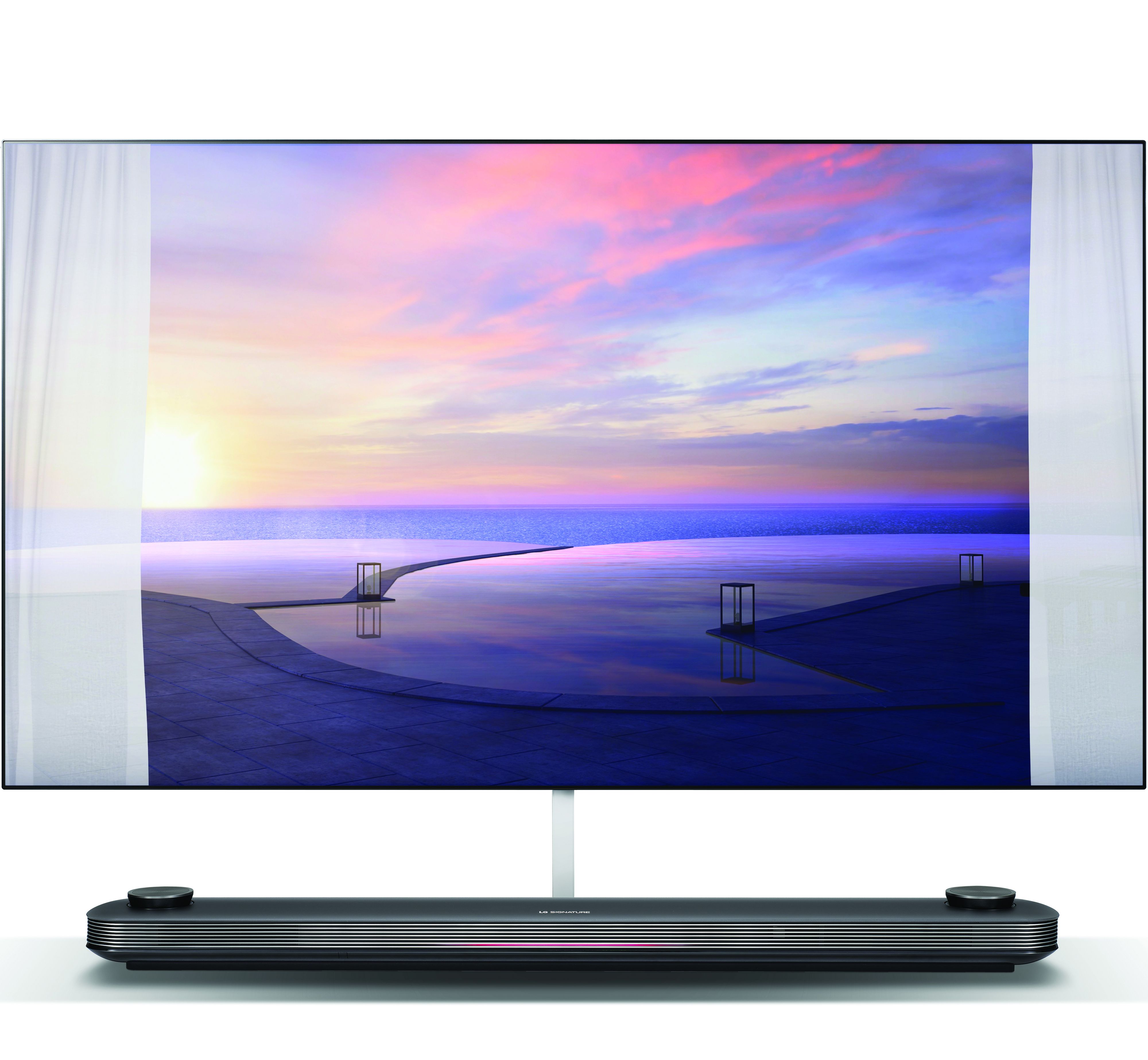
Video: With Google Assistant embedded in all 4K OLED and 4K LCD TVs, consumers will be able to use their voice to control Google services and smart-home functions, including smart LG major appliances, through the TVs’ microphone-equipped remote. Select Google services will also appear on the TV, such as traffic-report maps and Cloud-stored photos. Also in this year’s lineup, voice control of TV functions through the remote’s microphone expands to control more functions.
As for Alexa, LG said Amazon does not yet enable TV suppliers to embed Alexa voice service. LG major appliances, however, can be controlled by voice through separate Alexa-enabled smart speakers.
In all Super UHD LCD TVs, the company continues to offer proprietary wide-color-gamut nano-cell display technology and, in two of three series, adds full-array LED back-lit local-dimming for the first time, replacing edge-lit local dimming. Full-array local dimming delivers 2.5 times lower black levels and more than 10 times more lighting control to improve dynamic range and eliminate such edge-lit drawbacks as light smearing, the company said. The regular UHD series continues to offer edge-lit LED lighting.
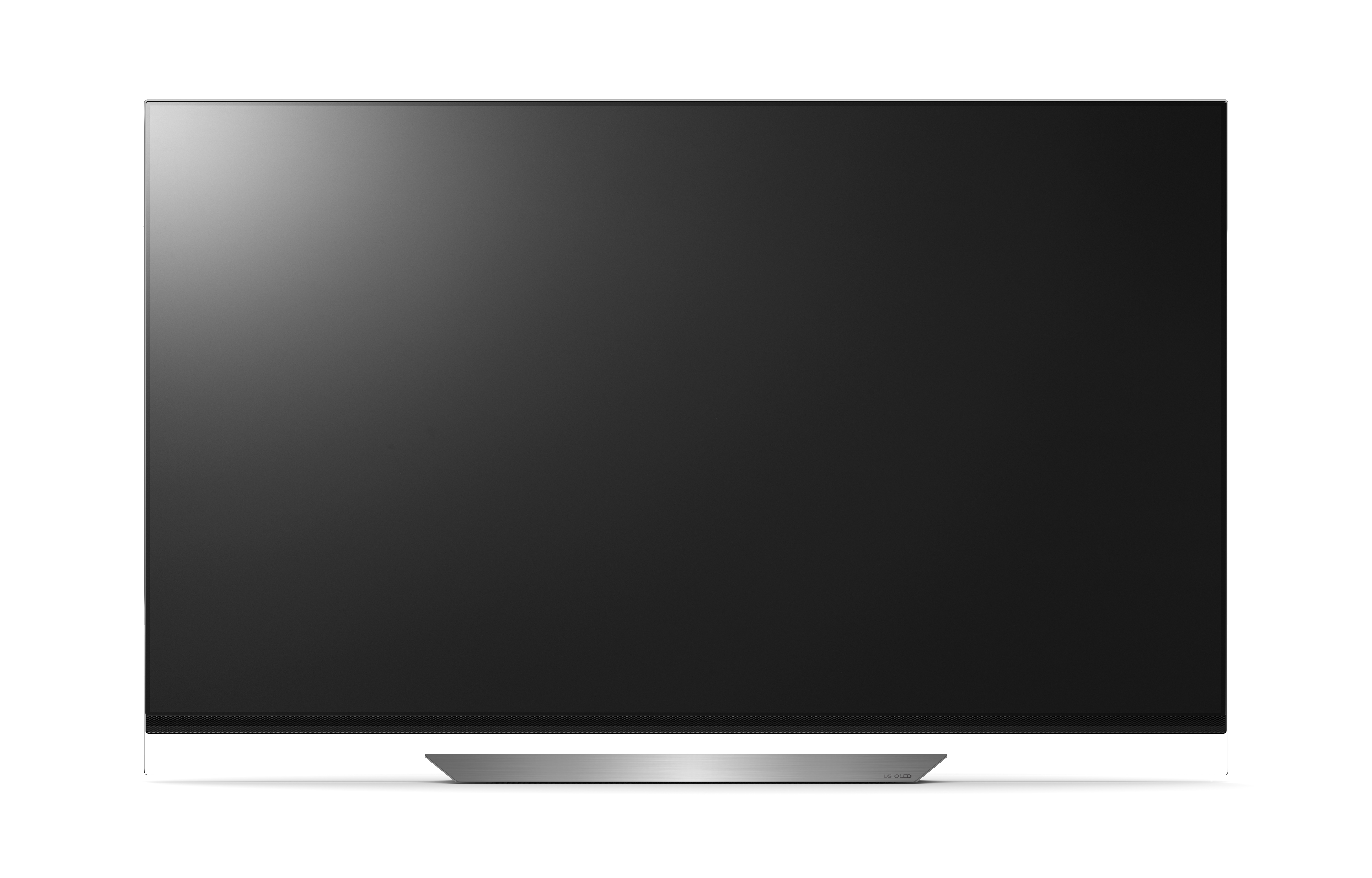
In other changes, all OLEDs and all Super UHD TVs get native HFR capability for the first time to display content available natively at frame rates up to 120Hz. Many TVs today use motion interpolation to deliver 120Hz frame rates from lower-frame-rate content to reduce judder and other fast-motion artifacts.
Atmos, HDR: Dolby Atmos decoding continues in all OLEDs and expands to all Super UHD models for the first time to deliver an Atmos experience through TV speakers from such sources as the Vudu smart-TV app and select cable programs. The TVs also pass Atmos metadata through their HDMI ARC output to AVRs and Atmos-equipped soundbars. It wasn’t certain at press time whether LG would remain the sole TV maker in 2018 to offer Atmos-decoding TVs.
Like last year, the OLED and Super UHD lines boast a wide array of HDR technologies: HDR 10, Dolby Vision, hybrid log gamma (HLG), and Advanced HDR by Technicolor (though the latter two will be available out of the box rather than as firmware update as in the 2017 lines). Also like last year, the two lines boast LG’s proprietary post-processing Active HDR technology, said to bring the benefits of dynamic metadata to HDR content lacking dynamic metadata. LG’s Active HDR analyzes HDR content to add dynamic metadata that emulates Dolby Vision’s native dynamic metadata.
In the OLED and Super UHD TVs, the collection of HDR technologies is being promoted as 4K Cinema HDR for simpler messaging, the company said.
The company’s regular UHD line this year continues to offer HDR 10 and HLG HDR and also features LG’s Active HDR.
The company has no plans to support Samsung-backed HDR10+ technology because LG’s post-processing Active HDR technology “essentially does the same thing,” said Alessi. Any content encoded in HDR10+ is backward-compatible with HDR 10 decoders, he added.
In other changes, LG is adding next-generation processors in three power levels, with the top-tier Alpha 9 Intelligent Processor appearing in three of four new OLED series to boost CPU and GPU speed by 35% and DDR SDRAM by 50%.
The top-level version of the next-gen processor improves noise reduction through a four-step rather than two-step process to deliver a cleaner and smoother image, uses frequency-based rather than spatial-domain-based sharpness enhancement to deliver more natural detail, moves from edge- to object-based contrast enhancement for better performance, and features 7.3x more data points in its color-lookup table to deliver more accurate color mapping.
In all three Super UHD series, the company offers the second generation of LG Display’s color-gamut-widening nano-cell display technology, which also improves color accuracy at off-axis viewing angles compared with other LCD display technologies, the company said. Nano-cell technology also delivers a color gamut of more than 90 percent of P3.
The Lineup: The OLED lineup will consist of at least nine SKUs, with the W8 series featuring the company’s “picture-on-wall” design, which is the company’s thinnest design, enables the display to be mounted to the wall with no wall gap, and incorporates all audio and video electronics in an included soundbar. The E8 series models features a thin “picture-on-glass” design. The C8 and B8 series feature “blade-slim” designs that are a little thicker. Details on a planned G8 OLED series were unavailable. OLED sizes range from 55 to 75 inches. The W8, E8 and C8 series feature the most powerful version of LG’s next-gen processor, with the B8 offering the mid-level version among the processor’s three tiers.
The Super UHD line consists of seven SKUs in three series, all with the second-tier version of the next-gen processor in sizes from 55 to 75 inches. The three-SKU SK8000 series features edge-lit local dimming, while the two-SKU SK8500 step up to full-array backlit local dimming, with the top SK95000 series offering the most full-array local-dimming zones.
The regular UHD line features 15 SKUs in three series in sizes from 43 to 86 inches, all with the opening-tier versions of the next-gen processor.




